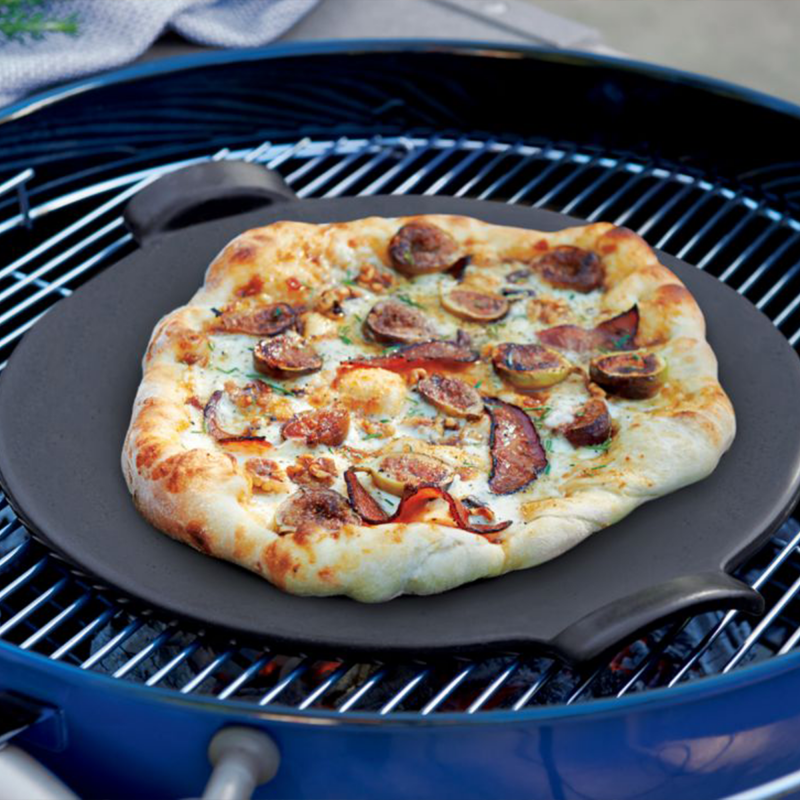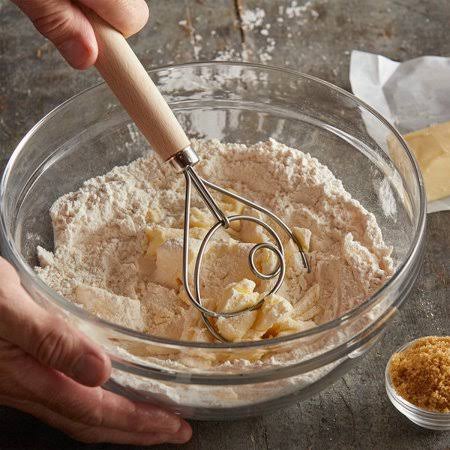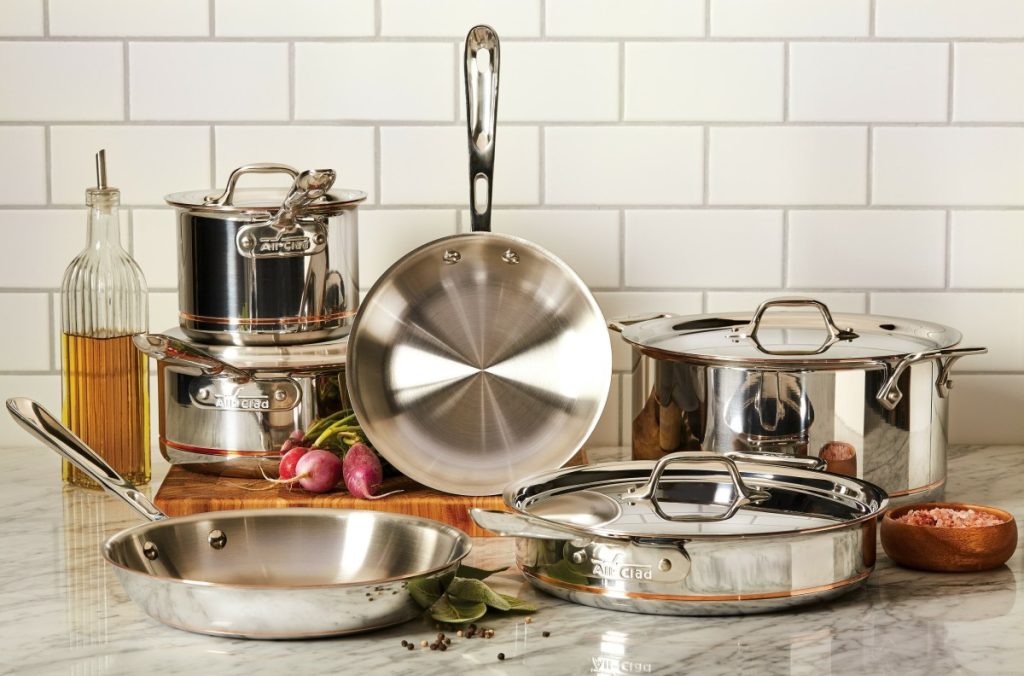Blog
A Guide to Pizza Stones: Do’s and Don’ts

Although a pizza stone is technically multi-purpose and can be used for making all types of baked goods and breads, like it’s name, a pizza stone is great for homemade pizza closest to what you get in a pizzeria that uses brick ovens. With a pizza stone, The material itself is meant to absorb heat easily, distribute it better, and retain it well, much better than a common metal pan. That way, you can achieve the perfect browning on the crust and bottom, while keeping the toppings and cheese juicy and not dry, this is due to a pizza stone’s high heat transfer. Despite the benefits of using a pizza stone, there are a couple of things to remember when using it to avoid unwanted mishaps. Here’s a guide to follow when using a pizza stone:
- Place your clean, dry pizza stone in a room temperature oven before using, Then, let it preheat along with the oven for a minimum of 25 minutes up to 45 minutes, ensuring it is well prepped.
- Place your room temperature dough onto the preheated stone
- Let it bake for approximately 10 minutes in high heat, keeping an eye out since it bakes fairly quicker than usual when using a stone.
- Take the pizza out of the oven and place it on a heat-resistant surface, leaving the stone to cool down inside.
- Once it is down to room temperature, you can take out your pizza stone and clean it by using a dish rag to get rid of any excess.
- Dry your pizza stone thoroughly and repeat this process for the next use.
There are also rule of thumbs that you should remember when using a pizza stone:
- Do NOT wash your pizza stone with soap, due to its porous surface, it has a chance of soaking in therefore changing the taste. Scrubbing it with a rag or brush to get rid of the excess should be enough. If you should wash your stone, make sure you don’t let it soak in water too long and let it dry before storage to avoid mildew.
- Avoid extreme temperature changes to the pizza stone, when it is hot, it should not touch cold surfaces and vice versa. Including the dough itself, cold dough should not directly be placed on a hot pizza stone. These extreme temperature changes cause thermal shock and there is a high chance of cracking.
- Pizza stones do NOT need to be oiled, keep it dry at all times.
Now that you know how to use a pizza stone properly and what to avoid when using it, go on to making delicious homemade pizza!









